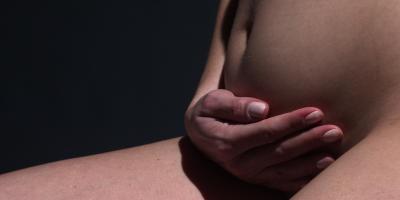Laughing gas, computer-controlled systems for painless anaesthesia, general anaesthesia – contemporary dental medicine offers many ways of reducing stress and alleviating pain in children.
Dental treatment may not be the most pleasant thing in the world, but today when we are equipped with various ways of inducing anaesthesia, such procedures can be painless.
More and more clinics offer the services of pedodontists, i.e. dentists specialising in treating children. A pedodontist knows the psyche of young patients, owing to which he or she can more easily gain their trust and cope with their fears.
Before the visit
Before taking your child to his or her first dental procedure, it is worth making an adaptive visit. The little patient will have an opportunity to get acquainted with the surgery: see the chair and devices used in dental treatment.
It is also important to comprehensibly tell the child what is going to happen in the surgery and dispose him or her well to the visit. While telling your child about dental devices, you can compare them to everyday objects, e.g. a dental chair to a lift, a saliva ejector to a vacuum cleaner, a drill to a plane, etc.
You can prepare your child to dental cavity treatment by telling them different stories, e.g. about bacteria who need to be chased away using a plane. Toys, such as a “little dentist" or books about bad bacteria dwelling inside teeth, can also come in handy.
Under no circumstances should you make you child afraid of the dentist and dental devices. We also should not pass on our own fears of dentists to the child. Therefore, we should pay attention to the way we speak about visits to the dentist when the child is around.
The first visit
According to the specialists, the best time for the visit is before noon when the child is not sleepy or tired.
We should also remember not to shout at the child or force them to open their mouth and show their teeth to the dentist. Sometimes the child cooperates better with the dentist if his or parent gets on the chair first and shows his or her teeth to the doctor.
Colourful saliva ejectors and fillings have become standard devices in the surgeries. What is more, children can choose the filling colour on their own. Brave patients should be rewarded after the visit, for example with a souvenir from the dentist.
Some surgeries play cartoons, which effectively distract the child, for instance, from the unpleasant sounds made by the drill.
Relieving the pain
The first step is to reduce stress associated with the visit while the next one is to make the treatment actually painless.
Traditional anaesthesia administered using a syringe can be painful, and children do not like the numbness of anaesthetised tissues after the procedure.
Some clinics offer state-of-the-art, computer-controlled systems for safe anaesthesia administration. The anaesthetic is administered using a special tip placed against a gum at such a pace so that the tissues could normally absorb the liquid. This does not cause face numbness and does not limit facial movements.
More and more clinics are offering inhaled sedation using nitrous oxide, which is also known as laughing gas. It can be used to reduce the level of the patient’s consciousness and partially alleviate the pain. What is very important when it comes to children is that this method allows us to maintain contact with the child during the whole procedure.
However, it is rather infrequently used in children younger than 3.
Some institutions recommend using general anaesthesia for unpleasant paediatric procedures. They argue that this makes it possible to conduct lengthy procedures at one go, e.g. treating several teeth at one time, without the need for multiple visits.









Comments (0)